NVIDIA Files Patent Infringement Complaints Against Qualcomm & Samsung
by Ryan Smith & Jarred Walton on September 4, 2014 9:00 PM EST
In a surprising move this afternoon, NVIDIA has announced that they will be filing patent infringement complaints against both Qualcomm and Samsung. This complaint is centered around the alleged use of NVIDIA patented GPU technologies in both Qualcomm and Samsung’s SoC’s and the unwillingness of the respective companies to enter in to a licensing agreement. NVIDIA has filed complaints with both the US Federal Court and the International Trade Commission, and in the case of the latter is seeking an injunction against Samsung to prevent them from shipping several recent products, including the Galaxy S5, Galaxy Note 4, and Galaxy Edge.
Starting from the top, NVIDIA is of course no stranger to high profile lawsuits. However those suits are typically on the defensive side, such as the company suing Intel over the loss of rights to make chipsets for their products, or being sued by Rambus over the use of DDR signaling. This suit by comparison is unabashedly offensive – one NVIDIA calls the first time they have ever initiated a patent lawsuit – with NVIDIA going to the courts arguing that their GPU patents are being violated and seeking a resolution and compensation for those violations.
The use of patent infringement suits in the technology space is nothing new, and even in the GPU space they’re somewhat common. NVIDIA in particular is still the 800lb gorilla of the GPU world by patent portfolio size (and arguably by GPU R&D), so how they interact with other companies tends to depend on the size of those companies and what patents they have in turn. In the PC space NVIDIA and AMD have relatively strong cross-licensing agreements – AMD being the next largest GPU developer – followed by Intel who settled a suit out of court with NVIDIA 3 years ago over continued access to NVIDIA’s patents.
In the mobile SoC space however there are a much larger number of GPU manufacturers, and overall there is still a certain “wild west” aspect to patent licensing and infringement. On top of the larger number of GPU manufacturers there are even more companies involved once you discuss integration. In this case an Imagination PowerVR GPU may be licensed by an SoC integrator such as MediaTek, who in turn will sell the complete SoC to the device manufacturer such as HTC. In which case it’s not at all clear who is responsible for patent licensing, or indeed if parties are responsible at each and every step.
This leads us to today’s suit against Qualcomm and Samsung, as it’s based around both alleged patent infringement and arguments about who’s ultimately responsible for those infringements. As far as patents go NVIDIA is going to the courts with a number of patents, with some patents going as far back as the GeForce 2 era and even patents first devised by 3dfx (before NVIDIA acquired them). At first glance these appear to be technologies that are fundamental to modern GPU designs, in which case it is admittedly difficult to imagine other GPU designs not infringing on these patents.
One such example is called the ‘063 patent, which involves on-chip tiling and early visibility testing, and was first developed by a company purchased by 3dfx. This is a technique that all modern GPUs implement in some form, though these days the methods are much more advanced.
"The ʼ063 Patent was directed to this technology, which combined on-chip tiling with early visibility testing in the graphics pipeline. All of Samsung’s mobile products use GPUs that implement this patented invention."
As is the case whenever anyone files a patent infringement suit, NVIDIA is telling the press and investors that they believe they have a strong case with ample evidence of infringement. The company ultimately believes that they would be victorious in court, though in many of these technology patent suits we see the involved parties settle out of court before any trial reaches its conclusion. Meanwhile if the case does go to trial, then NVIDIA has requested a full jury trial rather than a trial by judge.
Along with NVIDIA’s patent infringement claims, a big part of NVIDIA’s case will rest on allegations that Qualcomm and Samsung actively know about at least some of this infringement and have refused to settle the matter before now. NVIDIA’s claim notes that the company has been attempting to reach a license agreement with Samsung and Qualcomm since 2012, and that today’s suit is a result of their inability to come to an agreement over the last 2 years. Consequently because NVIDIA has been talking to these companies since 2012, they assert that this means that Qualcomm and Samsung have known about this infringement since NVIDIA presented their patents and proposed licensing agreement, meaning they have been willfully infringing on at least some of the involved patents over the last 2 years.
Complicating the matter is the question over who is responsible for patent violations. NVIDIA’s complaint alleges that Samsung believes this to be a supplier problem – that any patent violations are the responsibility of the company who designed the GPU, be it Qualcomm, Imagination, or ARM. As a result Samsung is unwilling to settle, and for that matter Qualcomm is no more willing to settle than Samsung is, though the complaint does not make it clear whether this is a disagreement over the patent claims or a belief that it’s the customer’s (Samsung’s) problem.
Ultimately this suit is focused around Samsung, as Samsung is both a device integrator and the manufacturer of the Exynos line of SoCs. Meanwhile because Samsung also uses Qualcomm’s Snapdragon SoCs in a number of products (including the North American editions of many phones), Qualcomm is being collared in to the suit on the basis that they are supplying some of the infringing GPUs.
This suit is not limited to just Qualcomm’s Adreno GPUs however, and also extends to ARM Mali and Imagination PowerVR GPUs as well, as Samsung has used both of those GPU families in their various Exynos designs. Overall NVIDIA believes that the Adreno 200, Adreno 300, and Adreno 400 families all violate NVIDIA’s patents, while the Mali-T628 and the PowerVR SGX (Series 5) are also explicitly named in claims.
As a result virtually all of Samsung’s modern products are affected by this suit. As part of their request for relief, NVIDIA is asking that the ITC prevent Samsung from importing products using the infringing SoCs, which would include all of Samsung’s latest products including the Note 4 and its Edge variant, the Galaxy S4 and S5, and the latest Tab tablets. As Qualcomm’s SoCs are among the accused products, this injunction would presumably extend to Snapdragon imports as well, which given Qualcomm’s heavy presence in high-end phones and tablets in the United States would make the final list of affected products far larger. However it should be noted that immediate injunctions are very rare, so it’s unlikely that an import ban would go into effect before the conclusion of the trial (if it even makes it that far).
Meanwhile in the Federal Court complaint, NVIDIA is asking for both unspecified damages (i.e. a monetary reward) and for further injunction to prevent Samsung and Qualcomm from infringing on NVIDIA’s patents. Though once again the real goal here seems to be about forming a licensing agreement rather than preventing Qualcomm and Samsung from shipping SoCs.

One of the accused infringing products: Samsung's Galaxy S5
One of the big questions of course is why NVIDIA is going after these two companies in particular, especially since they are essentially claiming that ARM Mali, Imagination PowerVR, and Qualcomm Adreno GPU families all infringe on some of these patents. The answer in turn from NVIDIA is that Samsung is the largest phone supplier in the United States, and Qualcomm in turn is the largest SoC provider while also providing the SoCs for most of those Samsung phones, so it makes sense to start at the top. NVIDIA is not talking about further legal action at this time, but the outcome of this case could have an impact on whether NVIDIA targets the suppliers (e.g. ARM and Imagination) or goes solely after additional customers and their ilk. Ultimately who is responsible for this infringement – can and should Qualcomm indemnify their customers against infringement claims like these – may be just as important as the alleged infringement itself.
Which on that subject, as part of their claims NVIDIA also points out their existing license agreement with Intel. In this NVIDIA notes that their Intel agreement covers all SoCs and CPUs shipped by Intel, including those incorporating Imagination’s PowerVR GPUs. So in the case where the SoC integrator is responsible, their licensing agreements would seem to cover any infringement regardless of who designs the infringing GPU.
Wrapping things up, at this time Qualcomm and Samsung have yet to respond to this suit. However given the scale of the suit, the complexity of the underlying technology, and the vast number of products involved, barring a quick out of court settlement this is expected to be a case that could go on for years. And even longer if it goes to appeals and/or triggers counter-suits. Altogether the ITC should have an initial response to the filing within 35 days, and if no settlement is reached the expected court date is in 2-3 years. To that end today's suit from NVIDIA will be the start of a much longer process for Qualcomm, Samsung, and the larger GPU industry as a whole.
Source: NVIDIA


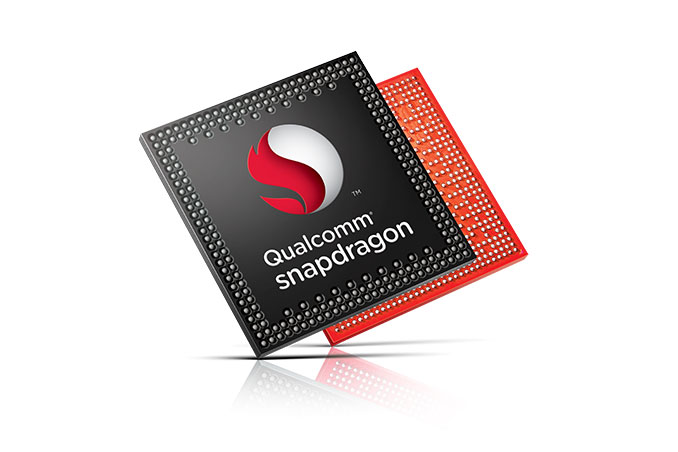
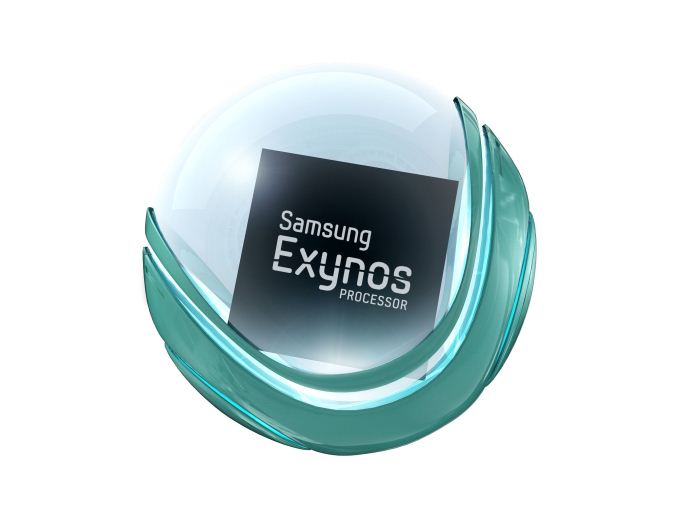
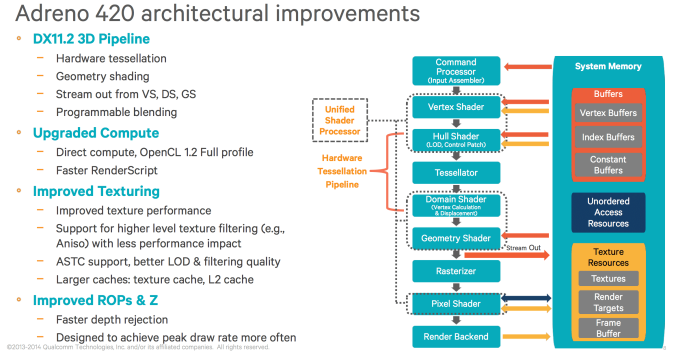
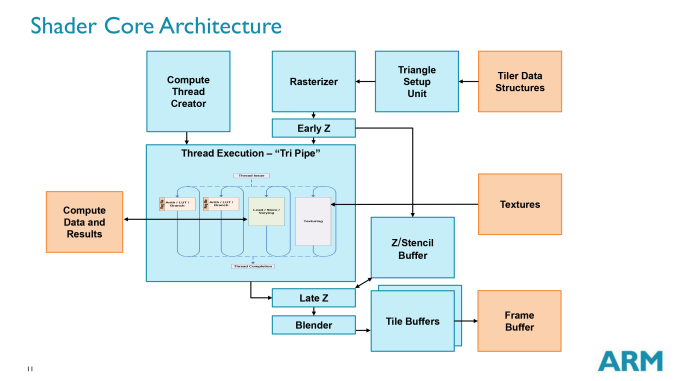
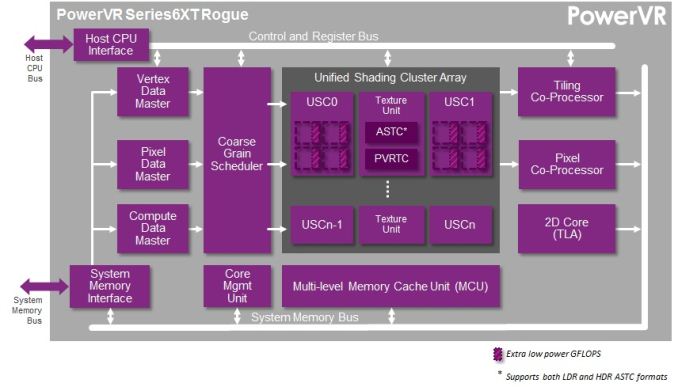








77 Comments
View All Comments
aryonoco - Friday, September 5, 2014 - link
Graphics for modem seems like fair on the surface, but isn't Adreno basically the old ATI Imageon team that Qualcomm purchased from AMD (for cheap)? IIRC, Qualcomm also got a good package of patents with their "ATI handheld" purchase. And QC has been filing for patents left, right and centre in recent years. So, the issue is more complex than might seem at hand.Anyway, it will all work out in the end, and I very much doubt that they this will even go to trial. They all have just sit down and work out how much to pay each other, and then it's done. NVIDIA has basically now forced those negotiations to happen, that's it.
tuxRoller - Friday, September 5, 2014 - link
http://www.tomshardware.com/reviews/medfield-krait...Those guys were real pioneers. The number of patents they held must be impressive.
CoreDuo - Friday, September 5, 2014 - link
I love this line in that article: "I'm calling it right here: three years from now, Intel will overtake Qualcomm in the MSoC business. Discuss."If Intel is going to overtake Qualcomm, they have about four months to do it according to the author.
tuxRoller - Friday, September 5, 2014 - link
:)I noticed that as well. How often do you hear analysts being called on their poor predictions?
Khato - Friday, September 5, 2014 - link
Oh, I'm certain that Qualcomm got a number of patents along with that deal, and they certainly have been filing patents since the purchase... But the AMD-NVIDIA cross-licensing agreement would no longer apply to the sold division necessarily and hence Qualcomm is left wide open. I'd imagine that NVIDIA was fine with this initially, but as Qualcomm gained prevalence and NVIDIA wanted to enter the market? Yeah, then it'd be a good chip to use for leverage, but why would Qualcomm play ball when they're under the impression that their modem IP is far more valuable than the graphics IP that everyone else just cross-licenses?Of course that's just pure speculation, but it wouldn't surprise me in the least if that's what we end up with when the dust settles. Which I completely agree will likely be without an actual court trial, well, at least on the Qualcomm side. NVIDIA could be adequately annoyed at Samsung's design practices to try and hold their feet to the fire with the goal of either getting into Samsung products or aiding the competition which just might be using their products.
saliti - Friday, September 5, 2014 - link
It was rumored that Samsung got heavy discounts on Snapdragon for the Note 4. Maybe Nvidia was in the running for getting their product in Note 4 ?Khato - Friday, September 5, 2014 - link
Given what I've heard of Samsung's mobile product development practices I'd be rather surprised if Samsung didn't have a Note 4 version using a Tegra SoC designed and prototyped. It's quite possible that they even would have had a Merrifield/Moorefield version. Apparently Samsung makes a habit of designing multiple variations up through the prototype stage, which is a great strategy in order to get the most favorable pricing - the more I learn about Samsung the more I dislike them.Penti - Friday, September 5, 2014 - link
Actually they contacted Samsung in august 2012, not Qualcomm and in the complaint assumes Samsung later spoke to Qualcomm about it.From (28) page 9-10 plus (34) page 11 in the Delaware complaint.
"Since August 2012, NVIDIA has attempted to reach an appropriate license with Samsung, which would enable Samsung to properly use NVIDIA’s IP within its products. But Samsung has negotiated based on delay and by pointing the infringement finger at its chipset suppliers, such as Qualcomm, or third parties that supply GPU technologies used by Samsung in its own processors." + "Qualcomm and Samsung have had knowledge of some or all of the Asserted Patents since before this Complaint was filed. Samsung knew of at least the ʼ488, ʼ667, and ʼ063
Patents since at least August 7, 2012, and at least the ʼ685 and ʼ913 patents since at least January 15, 2014, through discussions with NVIDIA. Upon information and belief, Qualcomm knew of the same patents at least through discussions with Samsung." Thats some 5+ years after PowerVR SGX was sampled plus Nvidia had no real products during 2009-2010 or early 11 when the market was really taking shape and offered no OpenGL ES 2.0 GPU (mobile SoC) until Tegra 2 with an appropriate CPU, which still lacked NEON. Plus Tegra APX was later to the market than solutions like Samsungs APL0298C05, TI's OMAP3430 and so on. It's some ~4 years after Qualcomm announced that they bought the Imageon line. It's 5 years when it comes to '685 and '913. Patents that were approved during 2001-2007 (applied for between 97-2003) long before Qualcomm started making their own designs. It seems Nvidia hasn't made an effort or at least claims they haven't spoken to Qualcomm despite the fact that Nvidia needs to license lots of 3G and 4G related stuff from them as well as gpu technologies. Which Qualcomm has patented by employing people working in the field even before they bought was to become the Adreno-gpus. So I don't question Samsung's reaction that it is a matter for the suppliers, not something you bring up half a decade later to a decade to the assembler of the components. After all some of the patents were published and approved way back in 2001. AMD, Qualcomm and Nvidia should have made an agreement back in 2008 when Qualcomm and AMD made their agreement to transfer the unit. Not hearing it from a Qualcomm customer second hand in late 2012 or so. It does look like Nvidia made no efforts before this time, but of course they did have knowledge of Imagination's, Vivante's, ARM's and Qualcomm's gpu businesses and did have patent license agreements (as well as other IP) with these companies for different technologies.
testbug00 - Friday, September 5, 2014 - link
So, why not sue Apple? Apple has more given it uses PowerVR... only reason I can think of not to sue them is that they would lose.Seems like higher-end patent trolling,, MAYBE. I'm not sure what cross-licensing ATI/AMD and Nvidia have... iirc, the first unified shader part was the xenox GPU in the Xbox 360...
Seems full of holes when they say "these companies all infringe" and don't sue them all, or even all the rich ones...
Reflex - Friday, September 5, 2014 - link
As pointed out by others, Apple buys a lot of nV gpus for their Mac line. Chances are high this issue is already part of their existing agreements.